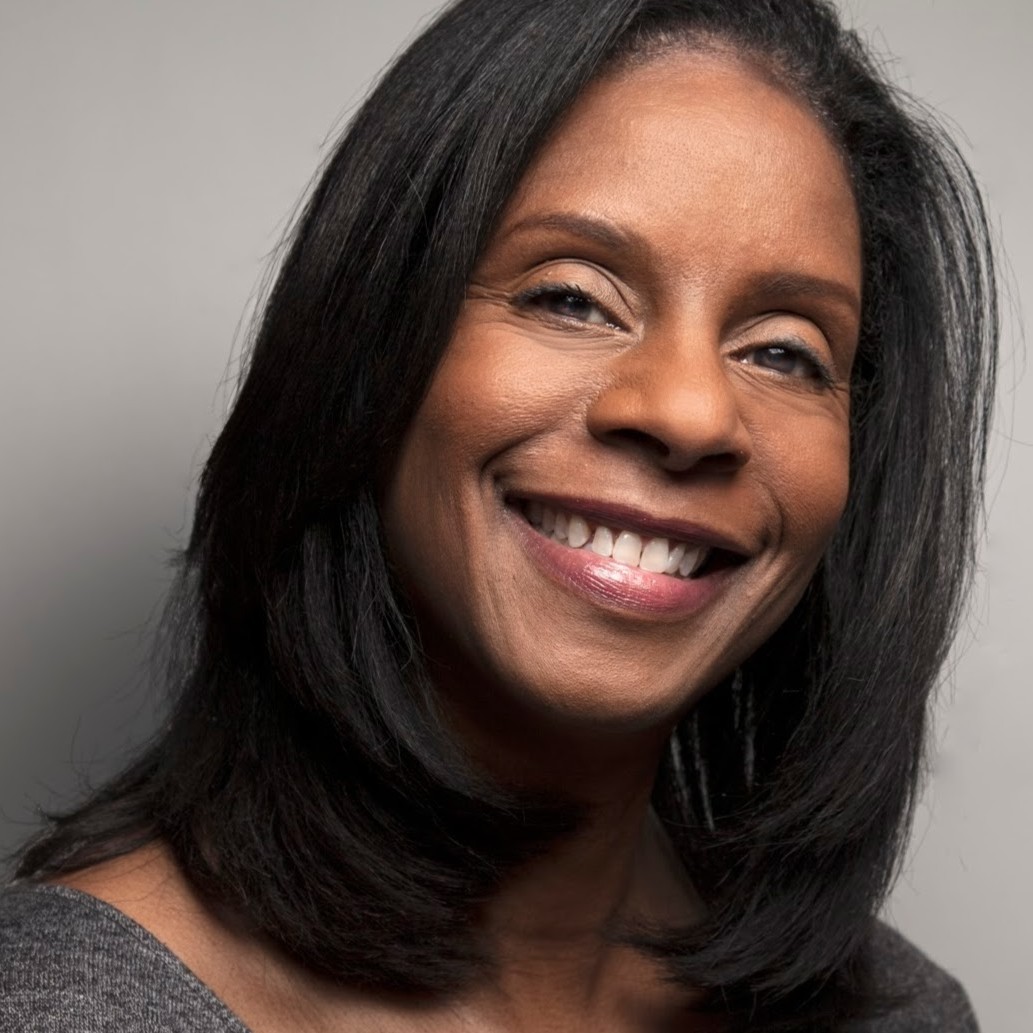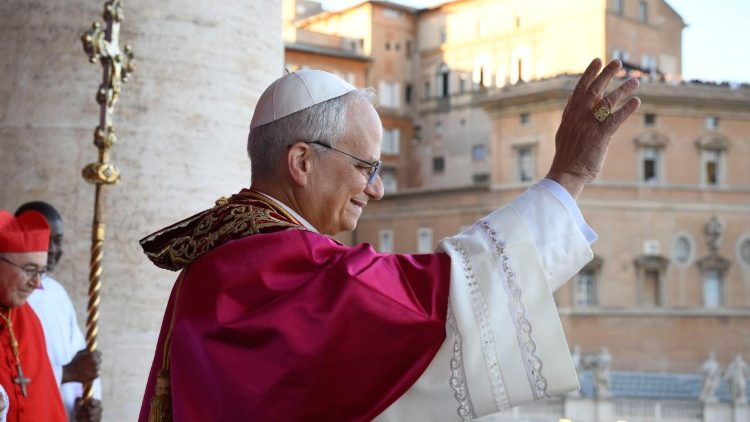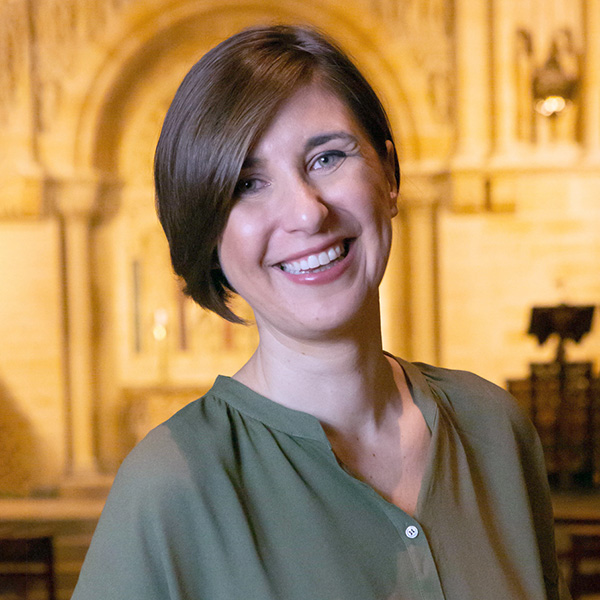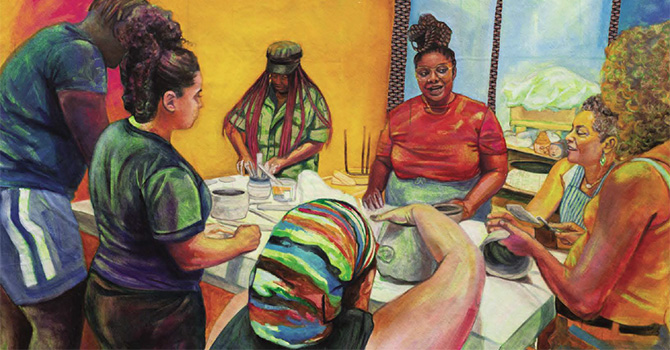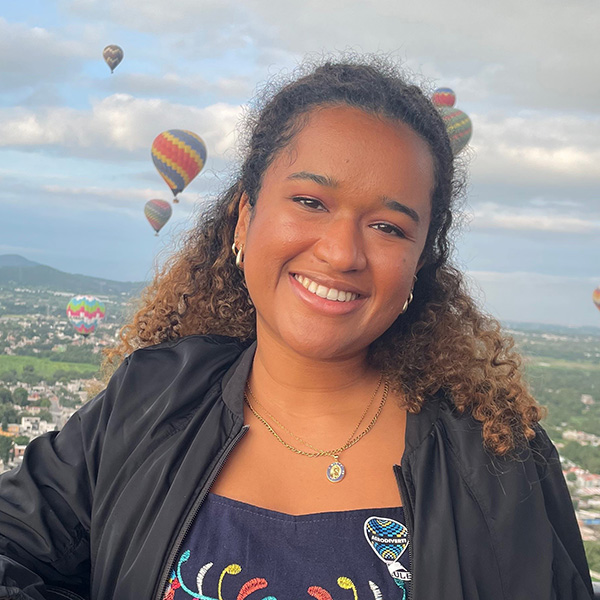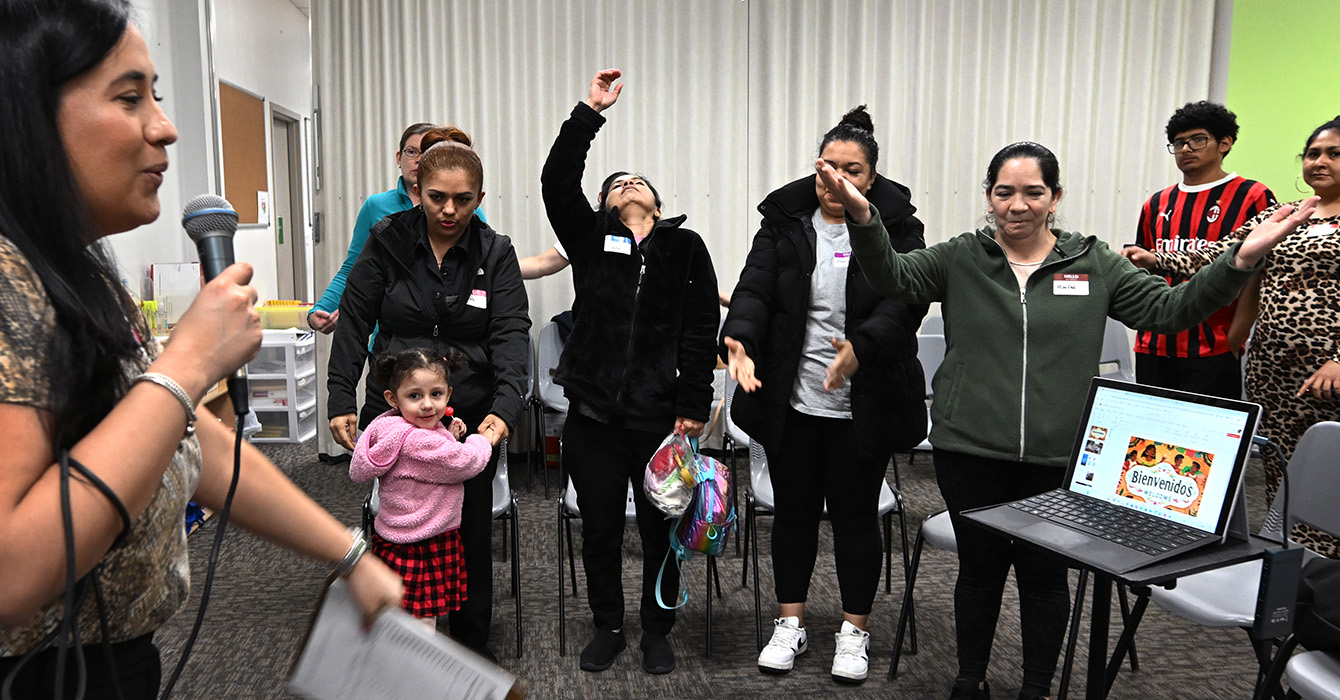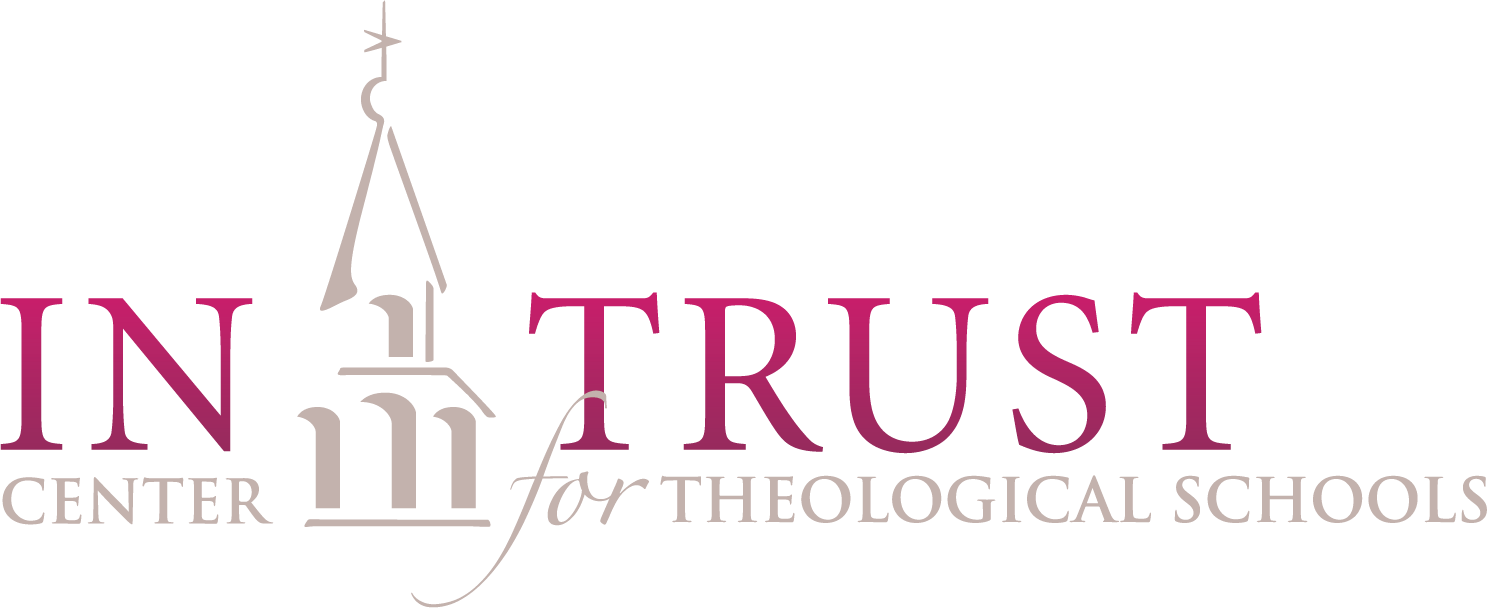Pastoring a multiethnic congregation has many joys. We are a mix of cultures, languages and ethnicities. Our potlucks include zalabiyeh (Sudanese donuts) and dagaa (Lake Victoria sardines) alongside baked beans and Jell-O salads. We sing “A Mighty Fortress” as well as “Harambee Harambee.”
The congregation that I serve, St. Luke Lutheran Church in Lansing, Michigan, offers worship services in English, Arabic and Swahili. Over a dozen languages are spoken by our members.
While this is a source of delight for us, it also presents some issues: Which languages do we use? Which do we exclude? What do we do if a worship service or event has a multilingual group of attendees? What tools can help us?
We are not the only ones facing these challenges. Other congregations have similar questions when ministering to immigrant communities, hosting global events or performing weddings with international guests.
Solving a persistent problem
Language barriers are as old as the Tower of Babel. My own Lutheran tradition has a long history of navigating these challenges. When the Augsburg Confession was publicly presented in 1530, it was prepared in Latin and German. Yet it was read aloud in German despite the fact that Emperor Charles V hardly knew it.
As German Lutherans immigrated to America, these issues came with them. My church body conducted official business in German until 1926. Their initial solution was to conduct morning meetings in German and afternoon meetings in English.
We at St. Luke still are seeking the best way to manage. We have tried the time-honored solution of human interpreters, and I often rely on them when preaching at our Arabic or Swahili services. Although this works, it is tedious. The speaker must pause every few lines for the translator to repeat what they’ve said. This breaks up the rhythm of the sermon and makes it very choppy. It also doubles the length of the sermon.
We have relied on translators for written materials, While this solution works better than oral interpretation, it takes extra time. For example, when we adapt our small group materials into Arabic or Swahili, we have to give our translators at least a week to do their work.
The shortcomings of these solutions have led us to look for better options. And, it turns out, we are not alone.
Is artificial intelligence the answer?
I recently helped organize our district All Nations Celebration attended by more than 200 people. The event was aimed at encouraging existing multiethnic ministries and capturing the imaginations of congregations considering these sorts of ministries. We had choirs singing in French, Urdu, Arabic, Swahili, Hmong and Spanish. It was wonderful!
Yet persistent problems emerged in the planning process: What language will we use for worship and presentations? How can we include everyone?
The team preparing for this event included individuals from several different countries. At one of our planning meetings, a leader asked a question through his phone: “Can we get translation devices for this event? Something like the United Nations uses.”
We were intrigued. But it seemed like an inaccessible and cost-prohibitive option. We were not the United Nations. We were just a handful of ministry leaders.
Instead, we turned to artificial intelligence. We used the free AI tool Google Translate to adapt presentations into Spanish, Arabic, French and Swahili. These were printed so attendees could follow along as presenters spoke in their heart language.
It wasn’t perfect. Native speakers reviewed the AI translations and found that some — the French, for example — did not accurately capture the gender of certain pronouns. Thankfully, the native speakers were able to help clean up the final versions before distribution.
Still, this approach enabled congregants to follow along and fully enter into the experience.
Cynthia Khan, one of the planners, describes what made this event so beautiful: “It was such a great celebration! Doing all of the Bible readings in different languages was very important to the success of the whole event.”
However, Khan said the organizers plan to approach translation differently in the future.
“We plan to find a different way of engaging different languages, such as having the reading done aloud in one language while other languages are displayed on the screens,” she said.
Following the All Nations Celebration, we explored other options for future events. It turns out that there are more possibilities than we had thought.
Earbuds or handheld translators are one option. These digital translators receive an input and provide nearly real-time translation. Cost, however, can be a barrier. Such devices can cost hundreds of dollars and are not easily shared.
Several companies, including Wordly and EventCAT, offer cloud-based services. With Wordly, participants scan a QR code with their smartphone, which takes them to real-time captioning services. They then select their desired output language from a list of 60. The cost of these subscription services is based on usage time.
Reversing Babel
While researching the topic, I came across John Mehl, pastor at Timberline Church in Windsor, Colorado, who recently helped lead a worship service using Wordly. Mehl sees these technologies within a wider theological framework.
“If everyone can hear the speaker in their language, that is biblical evidence of the movement of the Spirit and a reversal of the judgment at Babel,” Mehl said.
Mehl connects his cross-lingual ministry work to another event in Scripture: “The reversal of Babel shows the opposite of the consequence of rebellion, God inviting his people to be a part of his movement. What we are doing is an outworking of Acts 2.”
Whether the solution is low-tech (human translators doing oral and written interpretation) or high-tech (AI tools providing real-time translations), we are sent as witnesses “in Jerusalem, in all Judea and Samaria, and to the ends of the earth” (Acts 1:8).
There are enough barriers and boundaries in this world already. Language does not have to be one of them.






